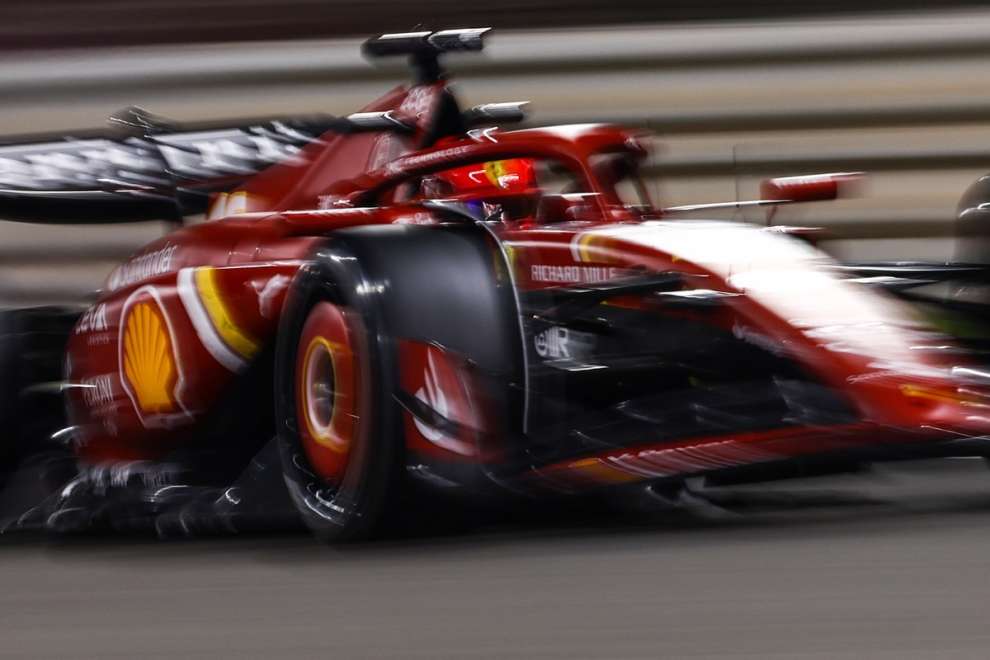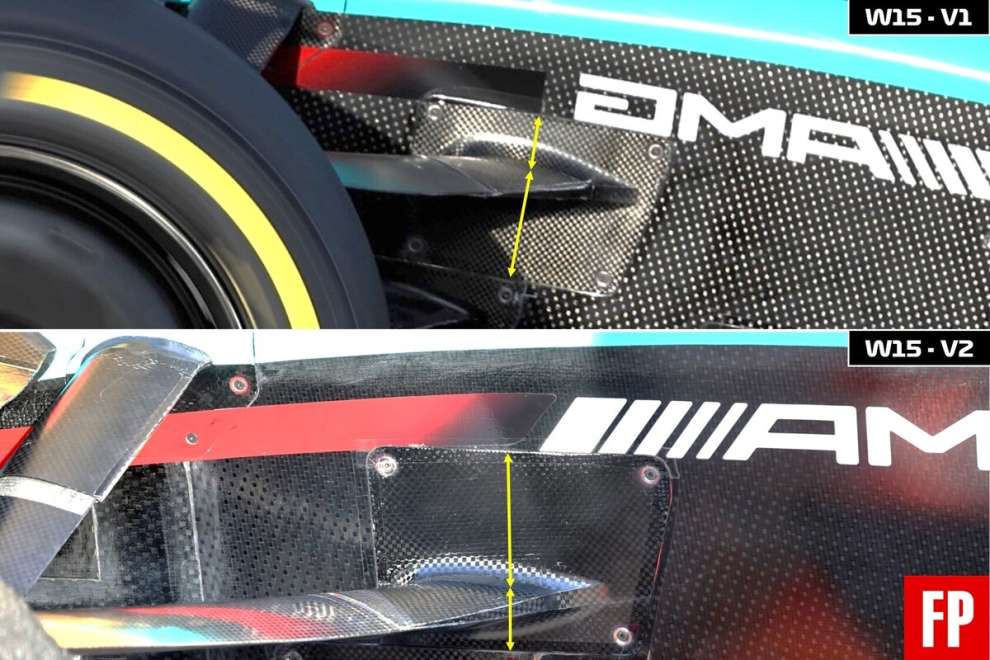By Carlo Platella
First day of school for teams and drivers in Bahrain, with a lot still to learn. It couldn't be otherwise, with cars still revolutionized compared to last season and therefore still waiting to be discovered. Surprisingly, the best prepared is Mercedes, the same team that in 2023 needed time more than anyone else before finding the right situation, rarely showing off on Fridays. Ferrari and Red Bull, on the other hand, still show some rough edges to be smoothed out before they can express themselves at their best.
Red Bull a “miles away”
The teams arrive in Bahrain on the strength of three days of testing just carried out on the same circuit. Yet Red Bull still struggles in the search for fine-tuning, with a car “miles away” from ideal, as Verstappen commented a few minutes after the start of the first free practice. Sergio Perez instead complains about the “understeer at almost all speeds”, an eloquent indication of the balance of the RB20, if we consider that in the pair the Mexican is the rider who least demands a precise front end.
The gearbox further complicates Verstappen's day, with the recurrence of the recurring problems of 2023, namely downshifts that are too aggressive and poorly managed by the electronics, causing imbalances in engine braking and compressive stability. In general, the impression is that at Red Bull there are many aspects to optimize, come on a profoundly changed RB20 from 2023 and which has not yet been able to express its potential.
The best news for the world champions comes from the race pace simulations, however limited only to the soft compounds, with which Verstappen expresses a margin of between 3 and 4 tenths compared to the competition. The advantage in managing degradation even appears hidden on Friday in Bahrain, if we consider the low temperatures of the asphalt, with 5°C less than on the coldest day of testing. Instead, stay qualification to be developeda sign that Red Bull may still have some work to do to stabilize pressures and temperatures on the flying lap.
Ferrari doesn't sink
The strengths and weaknesses of the new Red also slowly begin to emerge. The SF-24 marks a break with previous Ferraris not only in shape, but also in strengths and behavior. The times in the second sector in fact tell of a well-balanced car at medium-high speeds, little disturbed by a wind that is felt in Bahrain and with a good level of aerodynamic load. By contrast, Leclerc talks about a car that struggles to rotate in slower corners, where it suffers from understeer.
The Monegasque is also the author of several lock-ups during braking, suggesting an SF-24 still to be understood before taking it to the limit under braking. One of the most important changes on the new Rossa was the front suspension with a marked anti-dive, kinematics that helps reduce pitching during braking. By stabilizing the heights and postures of the surface, it is thus possible to enjoy a more constant aerodynamic load, but at the cost of a worse perception by the driver and a greater risk of blocking, especially on bumpy asphalt such as that of Bahrain.
The data collected by Federico Albano seems to confirm this hypothesis, with the two Ferrari drivers able to sink the braking in the first phases, in which aerodynamics reign supreme, and then instead struggle in the second half of braking at lower distances. From this perspective, it will be interesting to collect more feedback in the coming days.

Mercedes immediately strong
Staying on the subject of anti-dive, in Bahrain Mercedes chooses the configuration with the lowest anti-pitch level (V1), thanks to the modular front suspension of the W15, already appreciated during the tests. Both Hamilton and Russell immediately found themselves at ease with the car, in contrast to 2023, when the Brackley team needed time before finding the optimal set-up, often struggling on Fridays. Technical director James Allison was clear, underlining how the biggest change is his own a car that reacts to set-up corrections exactly as predicted by the simulations, requiring less drastic experimentation.

Another difference between Friday in Bahrain and last season is excellent straight line speed shown by the Silver Arrows. It remains to be discovered to what extent this is due to a more advanced engine mapping than the competition or to the aerodynamic qualities, which in turn must be interpreted between the effectiveness of the DRS, overall efficiency or simple lack of load compared to direct rivals. Qualifying and the race will offer a clearer picture in this regard.
Great balance
Also McLaren keeps close to the leading group. The MCL38 shows its best times in the second sector, confirming its aerodynamic qualities in medium-high speed corners, already appreciated last season. Aston Martin instead it is slightly more detached, with the impression of a car that is at times unpredictable, which forces Alonso and Stroll to make rapid corrections on the steering wheel. Overall, however, Formula 1 finds the balance that characterized the end of 2023, with the top ten separated by just 7 tenths, heralding a qualifying open to everything, where the human factor will be the great protagonist between teams and drivers.
#Bahrain #Mercedes #ahead #Ferrari #Red #Bull #tame